#rokuro-kubi
Text

Usagi Yojimbo: Yokai Hunter, by Peach Momoko. SDCC 2023 exclusive art.
#art#peach momoko#usagi yojimbo#folklore#japan#yokai#kappa#rokuro-kubi#nurarihyon#chochin-obake#hitodama#karakasa-obake#gashadokuro
77 notes
·
View notes
Text
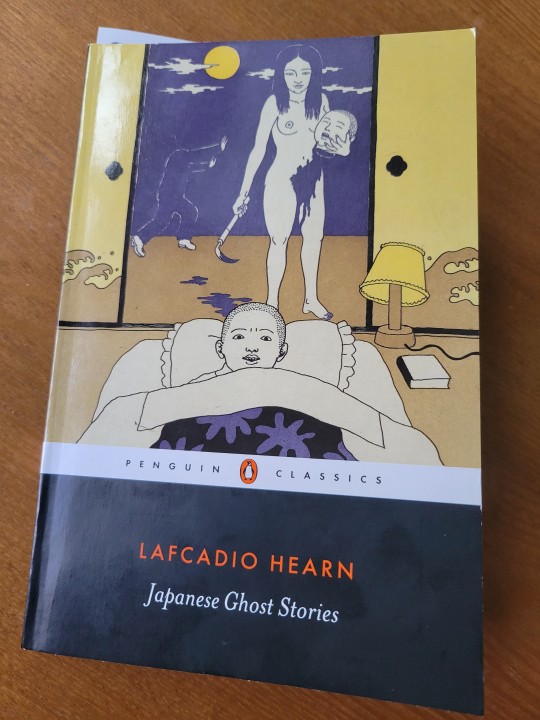
Japanese Ghost Stories. By Lafcadio Hearn (ed. Paul Murray). Penguin Books, 2019.
Rating: 4/5 stars
Genre: Japanese folklore, late 19th-early 20th century literature
Series: N/A
Summary: In this collection of classic ghost stories from Japan, beautiful princesses turn out to be frogs, paintings come alive, deadly spectral brides haunt the living, and a samurai delivers the baby of a Shinto goddess with mystical help. Here are all the phantoms and ghouls of Japanese folklore: 'rokuro-kubi', whose heads separate from their bodies at night; 'jikininki', or flesh-eating goblins; and terrifying faceless 'mujina' who haunt lonely neighbourhoods. Lafcadio Hearn, a master storyteller, drew on traditional Japanese folklore, infused with memories of his own haunted childhood in Ireland, to create these chilling tales. They are today regarded in Japan as classics in their own right.
***Full review below.***
Content Warnings: blood, body horror, violence
Since this book is an anthology, my review will be structured a little different from normal.
I picked up this book on a whim. I saw it at a book store, and I generally like Penguin Classics, so I figured I'd expand on my knowledge of spooky stuff and give Japanese Ghost Stories a whirl.
Overall, I think this is a good collection, particularly because it focuses on the work of one historic writer/translator: Lafcadio Hearn. I didn't know anything about him going into this book, but the introduction gives readers a pretty good overview about his life, so I found it very helpful. The intro also helped me to orient myself in the time period and literary movements in which Hearn was working and reminded me that what we're reading isn't necessarily Japanese literature written by Japanese people (though it kind of is), but a late 19th-early 20th century translator's interpretation of Japanese tales. While we may have some qualms over who is allowed to tell what stories, I do think studying the work of translators like Hearn tells us something about the literary movements of the time and the way Orientalism may or may not function, so for that, this book is incredibly useful.
But that being said, I can't say I walked away with a greater understanding of Japanese folklore. I gleaned what I could through osmosis, but I found it very difficult to understand certain parts of the tales because infornation is split between footnotes and endnotes. There also wasn't a lot of critical apparata to help assist me with putting Hearn's work in a Japanese context, so it was difficult to connect individual stories to particular aspects of Japanese history or culture. Perhaps this is beyond the scope of the book, though, because it's not really a collection of Japanese Ghost Stories but a collection of Hearn's Japanese Ghost Stories. I think that distinction is important and will affect how readers approach this volume.
TL;DR: Japanese Ghost Stories is a good collection of tales that focuses on the translation work of a single author at the turn of the century. While the Penguin edition offers little in terms of critical support and can be difficult to read because of the split between footnotes and endnotes, overall, the selection is good and each tale is short enough for readers to get a quick scare between other reads or at free moments throughout the day.
4 notes
·
View notes
Note
VAMPIRE KILLER :)
VAMPIRE KILLER - does your muse believe in the supernatural? if yes, do they have any proof?

,,,, Um- Well..!
Even though it's unlike the kind of creatures he expected... Though- Maybe the concept of 'snakes' isn't actually that far off from some stories- Um... It does make him wonder! He's never really believed in things like yokai, all those weird little creatures, but now he does have to question,,~?

He's witnessed things that are totally supernatural, so now it's just... where's the line...? All he can do is hope,,, he'd rather not see a rokuro kubi in real life,,,!
2 notes
·
View notes
Photo

Hearn adalah pengarang yang memperkenalkan budaya Jepang ke Barat, terutama cerita bertema horor. Dalam buku ini terdapat 25 cerita hantu Jepang, dengan makhluk-makhluk aneh yang disebut yōkai. Ada yuki-onna, wanita salju yang tak pernah tua; jikininki, goblin pemakan daging manusia; rokuro-kubi yang kepalanya terpisah dari tubuhnya di malam hari; dan mujina tak berwajah yang menghantui lingkungan sepi. Hearn lahir di Lefkas, sebuah pulau di Yunani pada tanggal 27 Juni 1850. Ayahnya orang Anglo-Irlandia dan ibunya orang Yunani. Setelah perceraian orangtuanya ketika dia berusia enam tahun, dia dibesarkan oleh bibinya di Dublin, Irlandia. Dia kehilangan penglihatan di mata kirinya pada usia 16 tahun, dan segera setelah itu, ayahnya meninggal. Setahun kemudian, karena kebangkrutan bibinya, dia terpaksa berhenti dari sekolah. Dia pindah ke Ohio, dan lima tahun kemudian menjadi reporter surat kabar. Pada 1877, dia pindah ke New Orleans dan bekerja di Harper Publishing Co. Pada 1889, dia memutuskan pergi ke Jepang. Mulanya dia mengajar bahasa Inggris untuk sekolah menengah umum dan kemudian mengajar sastra Inggris di universitas. Dia berganti kewarganegaarn menjadi warga Jepang pada 1896, dan mengubah namanya menjadi Koizumi Yakumo. Nama keluarga “Koizumi” diambil dari nama keluarga istrinya, Setsu Koizumi. Karya Hearn yang paling dikenal adalah kumpulan cerita hantu Jepang, Kwaidan (1904). Buku ini diadaptasi ke film pada 1964 dengan judul yang sama oleh sutradara Masaki Kobayashi. Beberapa bulan setelah menerbitkan Kwaidan, dia meninggal karena gagal jantung pada usia 54 tahun. Diterjemahkan Nurul Hanafi. Lafcadio Hearn, Kumpulan Cerita Hantu Jepang, Yogyakarta, Penerbit Kakatua, Nov 2022, vi+146 hlm, 55.000 #LafcadioHearn #KumpulanCeritaHantuJepang #PenerbitKakatua (di Jual Buku Sastra-JBS) https://www.instagram.com/p/Cmfy-S6Bi65/?igshid=NGJjMDIxMWI=
0 notes
Photo

Bibliographic Record
Author
Hearn, Lafcadio, 1850-1904
Title Kwaidan: Stories and Studies of Strange Things
Contents The story of Mimi-Nashi-Hoichi -- Oshidori -- The story of O-Tei -- Ubazakura -- Diplomacy -- Of a mirror and a bell -- Jikininki -- Mujina -- Rokuro-Kubi -- A dead secret -- Yuki-Onna -- The story of Aoyagi -- Jiu-Roku-Zakura -- The dream of Akinosuke -- Riki-Baka -- Hi-Mawari -- Horai -- Butterflies -- Mosquitoes -- Ants.
Credits Updated: 2021-11-01
Credits Updated: 2022-01-30
Language English
LoC Class
PL: Language and Literatures: Languages and literatures of Eastern Asia, Africa, Oceania
LoC Class
PS: Language and Literatures: American and Canadian literature
Subject
Ghost stories
Subject
Paranormal fiction
Subject
Japan -- Social life and customs -- Fiction
Subject
Legends -- Japan
CategoryText
EBook-No.1210
Release Date Feb 1, 1998
Copyright Status Public domain in the USA.
1 note
·
View note
Photo
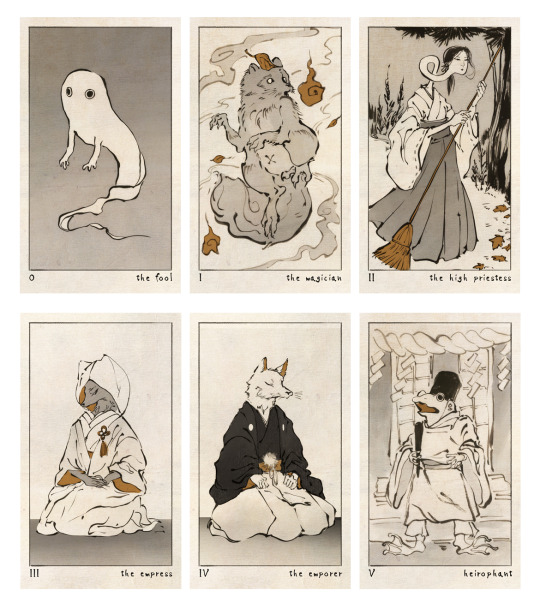
Major Arcana, 1 of 4. Art by Buboplague, from the Yokai Yochi Tarot: A Deck of Ghosts and Spirits.
#Buboplague#Yokai Yochi Tarot#The Fool#The Magician#The High Priestess#The Empress#The Emperor#The Hierophant#Major Arcana#Tarot#Folklore#Yokai#Tanuki#Rokuro Kubi#Kitsune#Shiro Ukari#Kannushi Kaeru
16 notes
·
View notes
Photo

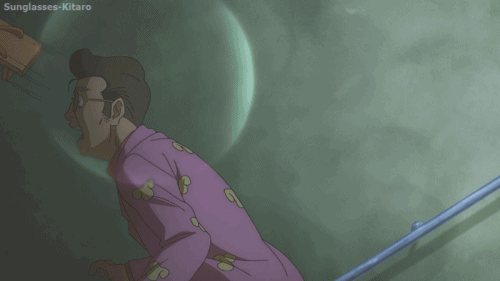
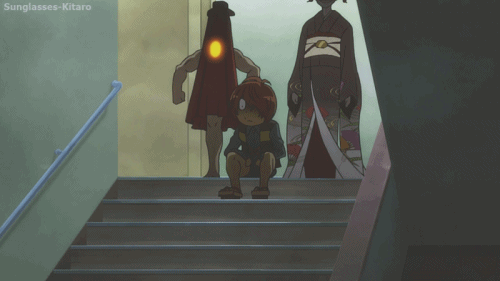
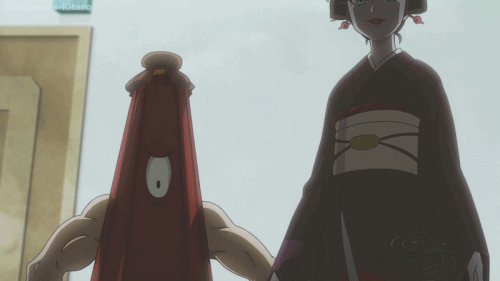

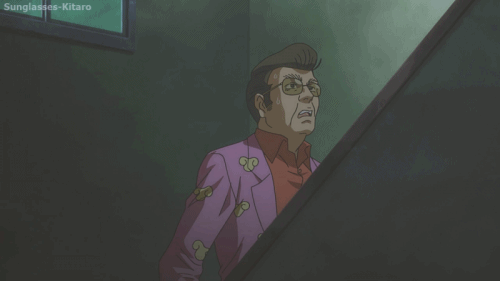
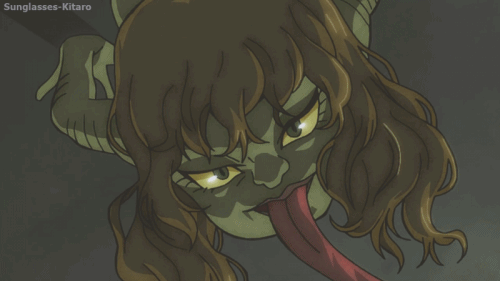
21 notes
·
View notes
Text

This is a youkai named Rokuro-Kubi. Her neck stretches as far as it will go.
7 notes
·
View notes
Photo
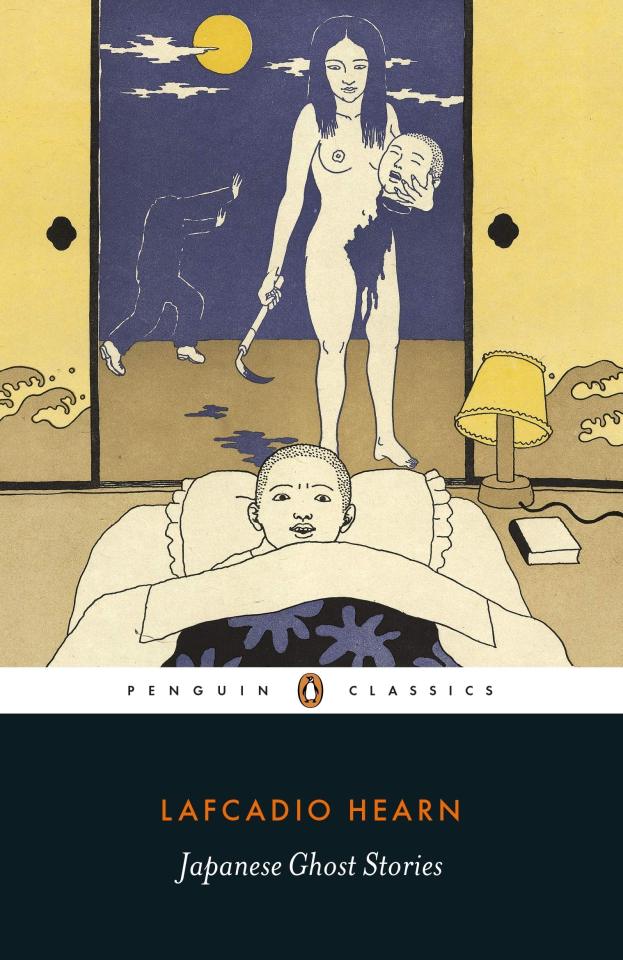
Lafcadio Hearn, Japanese Ghost Stories
In this collection of classic ghost stories from Japan, beautiful princesses turn out to be frogs, paintings come alive, deadly spectral brides haunt the living, and a samurai delivers the baby of a Shinto goddess with mystical help. Here are all the phantoms and ghouls of Japanese folklore: "rokuro-kubi," whose heads separate from their bodies at night; "jikininki," or flesh-eating goblins; and terrifying faceless "mujina" who haunt lonely neighborhoods. Lafcadio Hearn, a master storyteller, drew on traditional Japanese folklore, infused with memories of his own haunted childhood in Ireland, to create the chilling tales in Japanese Ghost Stories. They are today regarded in Japan as classics in their own right.
I read these last October and they were great.
Buy on Amazon
Buy on Bookshop
51 notes
·
View notes
Photo

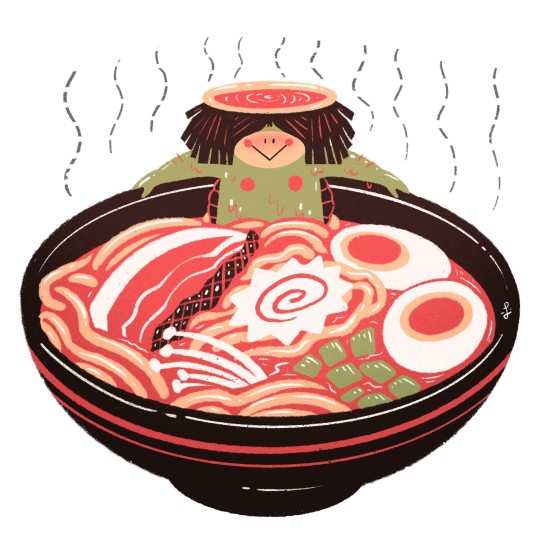

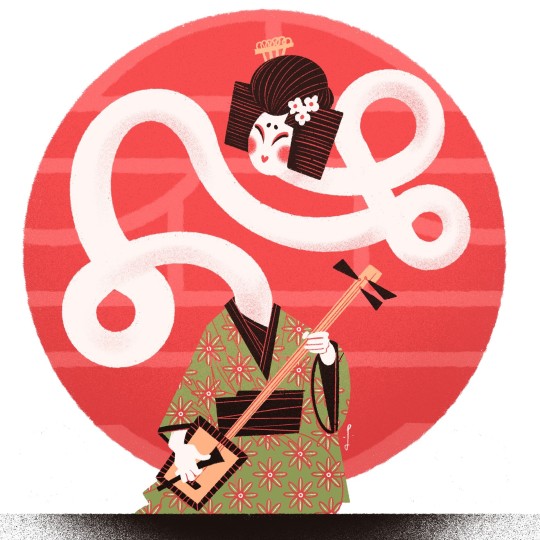

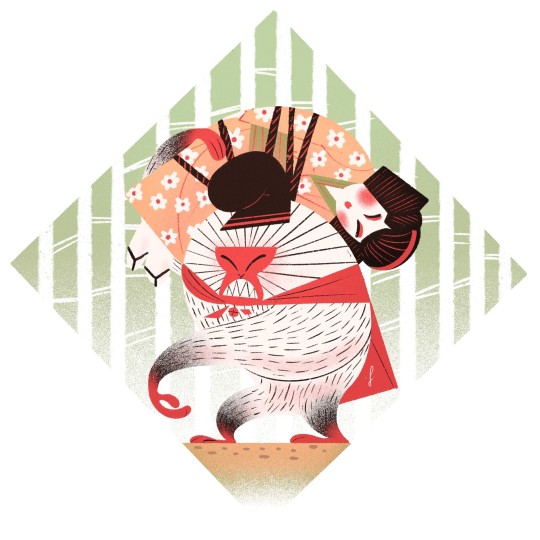



Yokai, by Lorenzo Colangeli.
#art#lorenzo colangeli#folklore#japan#yokai#tanuki#kappa#kitsune#rokuro-kubi#futakuchi-onna#sarugami#tengu#tsukumogami#karakasa-obake#chochin-obake#bakezori
149 notes
·
View notes
Photo
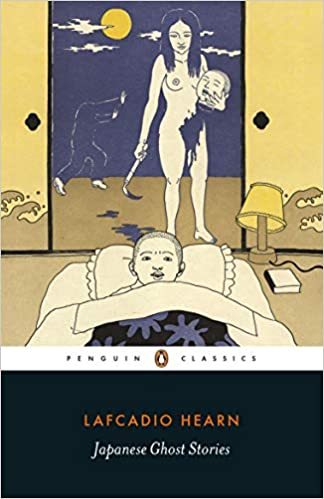
Japanese Ghost Stories
In this collection of classic ghost stories from Japan, beautiful princesses turn out to be frogs, paintings come alive, deadly spectral brides haunt the living, and a samurai delivers the baby of a Shinto goddess with mystical help. Here are all the phantoms and ghouls of Japanese folklore: "rokuro-kubi," whose heads separate from their bodies at night; "jikininki," or flesh-eating goblins; and terrifying faceless "mujina" who haunt lonely neighborhoods. Lafcadio Hearn, a master storyteller, drew on traditional Japanese folklore, infused with memories of his own haunted childhood in Ireland, to create the chilling tales in Japanese Ghost Stories. They are today regarded in Japan as classics in their own right.
https://amzn.to/32rVdi9
45 notes
·
View notes
Photo
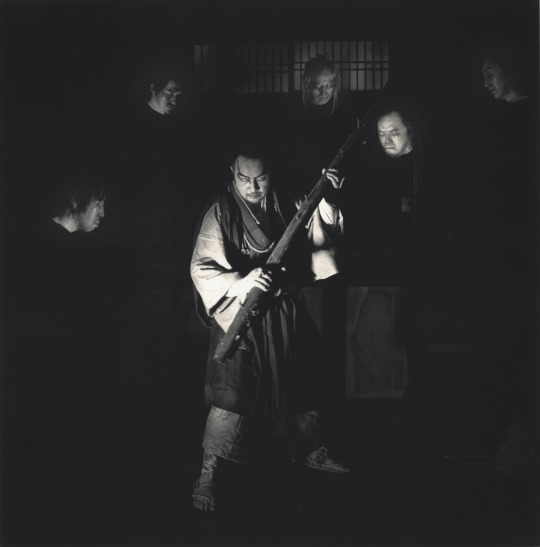
Hiroshi Watanable, Rokuro-Kubi , from KWAIDAN: Stories and Studies of Strange Things
30 notes
·
View notes
Photo

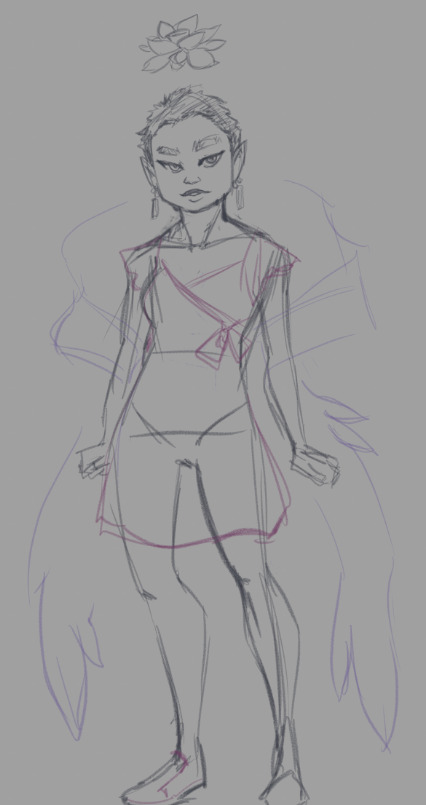
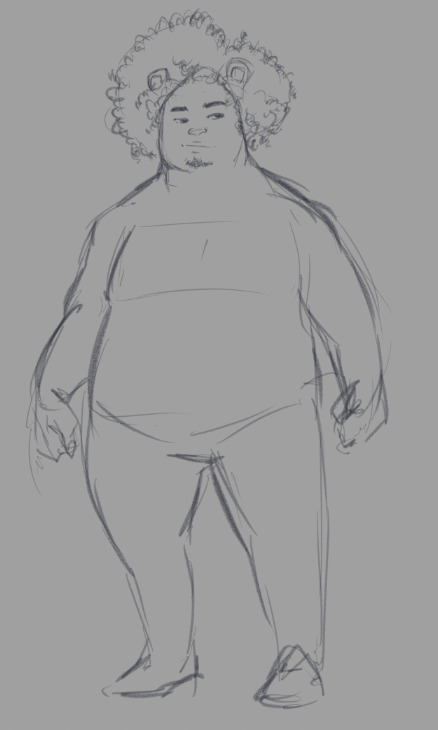
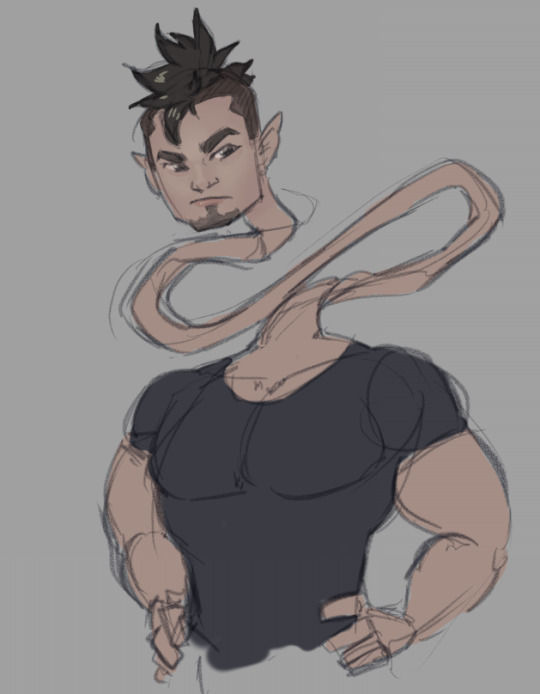

playing around getting used to Clip paint studio and drawing some monster peeps
jason welker, flesh homunculi, preppy, horror movie-buff, artist
iris harada, angel, hard femme, soccer team captain
jaycee tai, werebear, football team, big eater, overly-blunt friend
liam manzano, rokuro-kubi, baseball team, short with a complex, easily manipulated
axcel alcmen, ice titan, baseball team, grade a asshole, evil schemer
67 notes
·
View notes
Photo


Velma's Monsters of the World: Rokuro-Kubi
8 notes
·
View notes
Photo
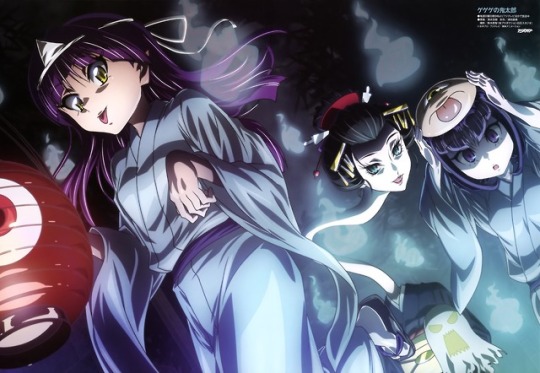
(via shimizu sorato gegege no kitaro hanako-san neko musume rokuro-kubi japanese clothes kimono | #559081 | yande.re)
1 note
·
View note


